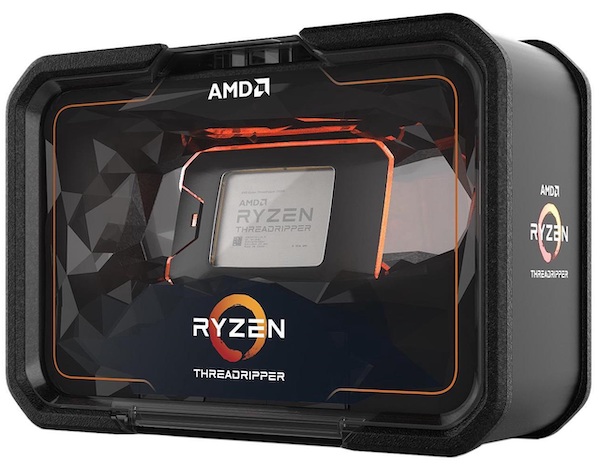
In what may be nothing but a red herring unintentionally, the web of AMD France has made public the details of performance of the new processor AMD Threadripper 2990WX, the new processor top-end brand, with 32 inner cores and 64 data processing threads, thanks to the use of SMT (Simultaneous Multi Threading) technology.
With the launch of the 2nd Generation of AMD Threadripper processors, AMD is being quite conservative when it comes to letting data about the performance of these new processors escape. In fact, it is already well known that, generally, many of the ” leaks ” to the press usually have, as their origin, the mother company itself, with the sole purpose of generating a bit of auto-hype before the release of a product that they know is awakening many expectations among users.
However, the confusion that they have had on the website of AMD France, we doubt that it was intentional on the part of AMD, given the short life that has had this dismissal. And that has been a user of a website in charge of jumping the hare on it. Luckily, the Google cache does not forget, and allows us to see what was published at the time.
What is clear from the notes that makes public the web of AMD France, is that the new processor AMD Threadripper 2290WX be up to 53% more powerful than the most powerful Intel processor today: the Intel Core i9 7980XE, the least in the Cinebench R15 program. Of course, this aspect should not we wonder much, since the processor from Intel has inside with “only” 18 cores with Hyper Threading enabled, while the new flagship AMD has almost the double of cores (32), with the corresponding SMT enabled.
Until Intel fails to leave behind its 14 nm node and pass, in a definitive way, the production of all its processors to the new 10 nm node, the nucleus race between the two manufacturers will continue to move clearly towards the side of AMD. As much as Intel is able to stretch and improve its 14 nm node, AMD already has the first processor samples manufactured in the 7 nm node that, although not as efficient as Intel, in terms of density of internal components that it would admit, it’s still a smaller node, with all the advantages that it brings in terms of performance and savings of consumption of the processors.
